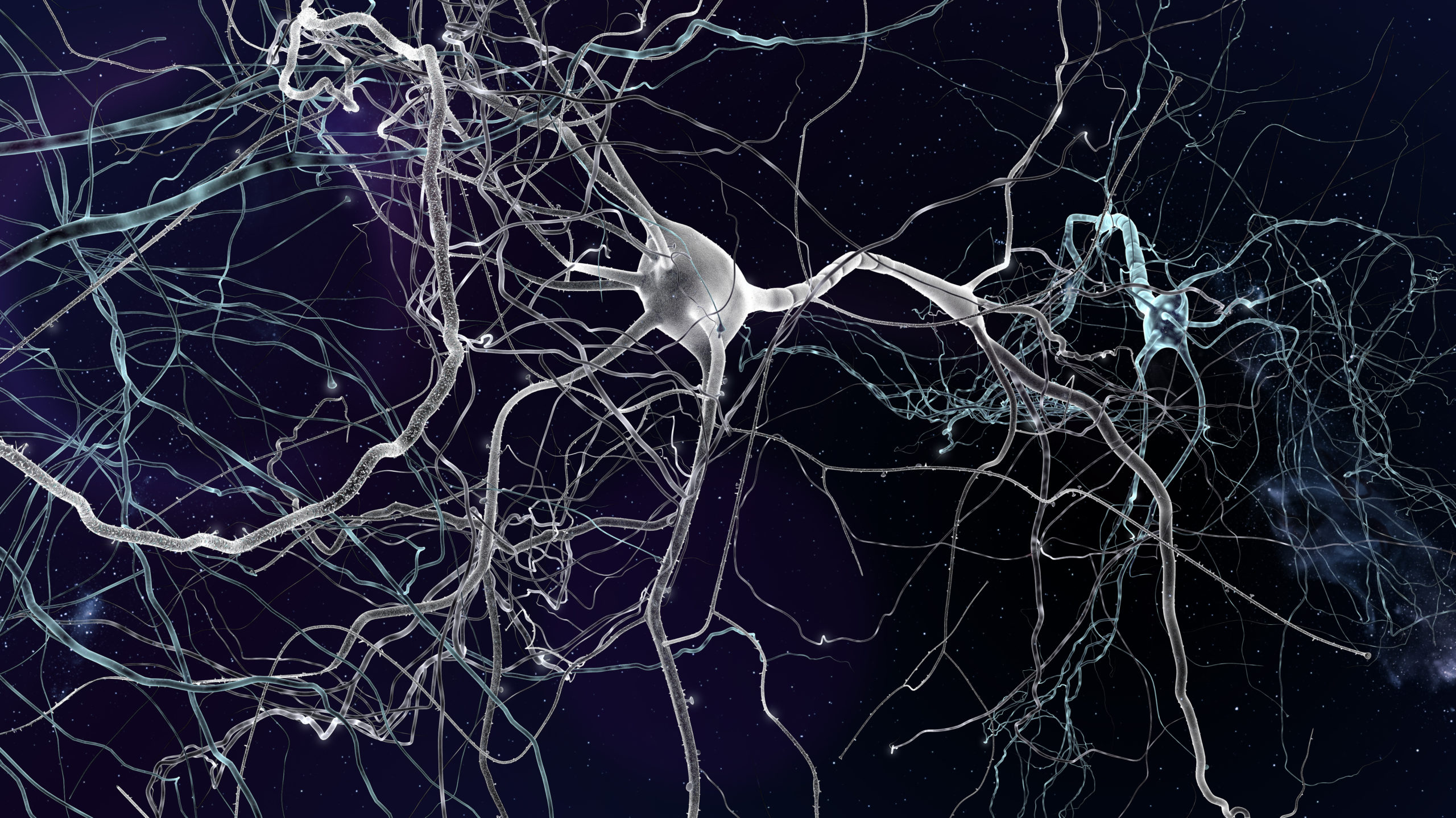The Design of Life: Discovering Signs of Intelligence In Biological Systems
Original ArticleNearly 20 years ago, a small non-profit in Texas, The Foundation for Thought and Ethics (FTE), published a short supplemental textbook called Of Pandas and People (Pandas). This event did not go unnoticed.
The National Center for Science Education (NCSE) soon thereafter published numerous reviews condemning Pandas as a “creationist … ‘equal time’ tract” that presented “a pot pourri of half-truths, untruths, and nonsense.” Law review articles were published hoping to prove Pandas unconstitutional. In 2005, a federal judge banned Pandas outright from science classrooms in Dover, Pennsylvania — but only after denying FTE the right to appear before the court to defend the book. Most troubling, the judge largely ignored the published text of Pandas, instead scrutinizing long-forgotten pre-publication drafts, alleging constitutional defects in pages that no student had ever read. Today, the NCSE’s website hosts over 100 individual web pages attacking Pandas.
Why have Darwinists gone to such lengths to attack Pandas? It’s simple. While major ID groups (like Discovery Institute) oppose mandating ID or adopting Pandas in public schools, it nonetheless scared Darwinists because it offered a potent, comprehensive critique of Darwinian evolution and proposed a legitimate scientific alternative, intelligent design (ID).
Fast forward to 2008, and Pandas‘ successor, The Design of Life, written by leading ID theorists William Dembski and Jonathan Wells, brings readers up to speed on the numerous advancements of ID over the past 20 years. Design of Life is more than twice as long as Pandas, recounting many of the peer-reviewed scientific papers, scientific books, and laboratory studies completed by ID theorists. It offers an excellent up-to-date account of ID for any reader.
For the newcomer to ID, Design of Life offers clearly written and well-illustrated chapters explicating ID’s basic scientific concepts, such as irreducible complexity and specified complexity. Design of Life even gives accessible discussions of more complex issues, such as the “irreducible core,” or explaining how specified complexity is detected in the research of Douglas Axe, who found that the odds of obtaining a functional β-lactamase domain are less than one in 10^64.
For the ID-guru, Design of Life covers many hot topics. This includes a lucid explanation of the integrated, unevolvable complexity in the neck of the giraffe, a potent critique of the alleged transition from reptiles to mammals, and a critical analysis of the evidence used to support the hypothesis that whales evolved from land-mammals. The advanced reader will devour the General Notes, which expose the bankruptcy of Darwinist attacks on Stephen Meyer’s article “The Origin of Biological Information and the Higher Taxonomic Categories” and also explain why Darwinists have thus far failed to explain the evolution of the bacterial flagellum.
All readers will appreciate Design of Life‘s devastating critique of chemical origin of life hypotheses and hypotheses about universal common descent. The book provides piles of examples where the molecular data has conflicted with expectations of universal common ancestry and refutes the Darwinist icon that pseudogenes demonstrate that humans share common ancestors with other mammals. In other highlights, Dembski and Wells address SETI’s objections to ID and perform Lasic surgery on the common Darwinist icon that the vertebrate eye exhibits bad design.
Design of Life is unafraid to confront the sensitive topics. “Supernatural explanations invoke miracles and therefore are not properly part of science,” write Dembski and Wells, further explaining that “[e]xplanations that call on intelligent causes require no miracles but cannot be reduced to materialistic explanations.” Design of Life even has an epilogue squarely addressing the Kitzmiller ruling, concluding, “In the end, not any court rulings or public policies or Hollywood films, will decide the merit of intelligent design.”
So how do we decide the merit of intelligent design? According to Design of Life, the crucial question is, “What is the origin of new biological information?” With over 100 pages of footnotes and general notes, the book gives an immense amount of accessible data and scientific arguments supporting the view that “the source of that functional information is a designing intelligence.” But make no mistake: If Darwinists reacted strongly in fear over the scientific arguments in Pandas, they will go supernova after reading The Design of Life.
